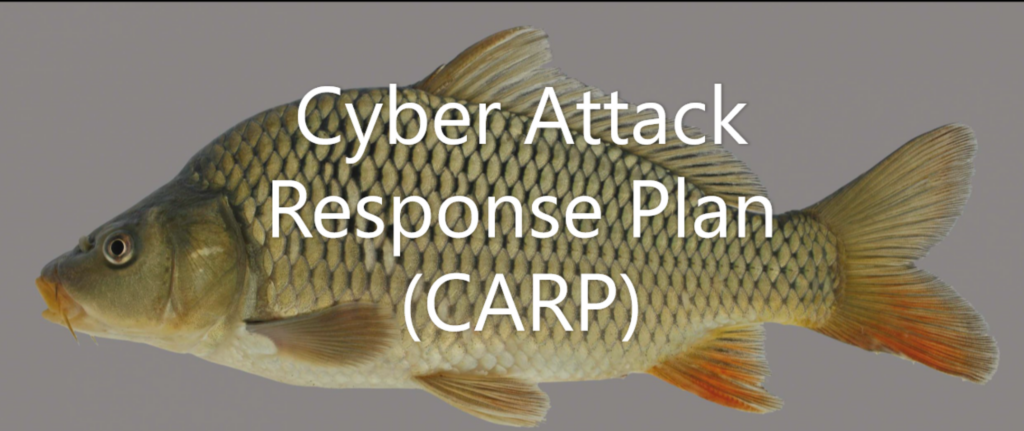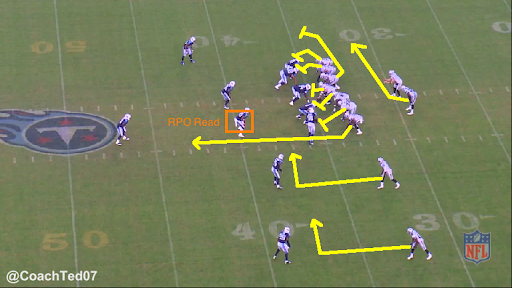Keep the I, outsource the T

IT is two separate and distinct areas, Information, and Technology. Most organizations only focus on the “T” resulting in reduced profits and productivity. Let us look at the two sides of this and understand what needs to stay in-house, and what a partner should handle. Information is the life blood of today’s business. The ability […]
Does your IT plan include EDR?

Today’s threats change too quickly for ant-virus products to keep up. By the time a virus is added to the “bad” list on your computer it has changed to something else to avoid detection. This game of cat and mouse is stacked heavily in favor of the cat! All major anti-virus vendors are now shifting […]
When an IT Coordinator makes sense

A mature technology partner and an internal IT Coordinator deliver higher productivity at a lower cost than a fully staffed IT department. Remember the librarian coming to your classroom with the TV cart? It wasn’t that the teacher could not setup and plug in the TV. It was just easier to schedule and have the […]
Are you waiting on your MSP to catch up on security?

Many MSPs are struggling to keep up with the security needs of their customers. The volume of incidents, cost of implementing security solutions, and a reactive approach puts a lot of pressure on them. In the meantime, issues pop up everywhere, further reducing their ability to get a plan together. This often contributes to the […]
Are you hiring for technology roles of the past?

Are you hiring for technology roles of the past? Below are three roles that your business needs to evaluate and consider outsourcing based on today’s technology landscape. This is not an easy process, as there are PEOPLE in these roles that typically have reached the end of their careers or cannot obtain a similarly compensated […]
Do you have a cyber attack response plan?

If your business suffered a (successful) cyber attack today how would you respond? There are no cyber police to call, nor is there a fire department to come put out the flames. A disaster recovery plan is NOT the same as a cyber attack response plan. (CARP) Cyber attacks are happening every second of every […]
Are you in an unhealthy IT relationship?

The IT relationship between business and provider is more important than ever. A healthy relationship generates increased profitability and productivity for both parties. An unhealthy relationship delivers frustration, missed opportunities, and a lack of trust. Most businesses will live with the relationship until a breaking point, usually a ransomware event. The risk of this reactive […]
Workstation recovery is often overlooked in recovery planning

Workstation recovery is the most overlooked part of recovery planning. Recovering all your servers and data without workstations is not useful. This becomes critical as office locations and workstations increase. Reinstalling the operating system and applications for 10 workstations can be brute forced, the same cannot be said for 100. The uncomfortable stares of employees […]
If you think RPO is a football term your business could be in trouble

If you run a business and think RPO means run pass option, your business backup strategy is in trouble. An area of focus we highlighted last week was recovery planning. There are two key concepts in recovery planning. These concepts link directly to the success of your business surviving a ransomware event. It is important […]
Three areas to focus on in the battle against ransomware

The surge in ransomware and cyber attacks is not stopping anytime soon. We have all seen the statistics, but when it is your business the math becomes real. We receive calls on a monthly basis from a business owner that is asking for help recovering from an attack. Unfortunately many of these businesses will not […]
How to perform technology alignment for your growing business

Technology alignment is critical for a growing business, especially as a business scales up. A car that is out of alignment behaves the same as a business. At slow speeds (low growth) the lack of alignment is not noticeable, but once you get on the highway hold on or the car will be drifting across […]
3 Blatant Signs Your Technology is in Maintenance Mode

A funny thing happens when some people have success. They quit innovating and get comfortable with the status quo. This same phenomenon happens to businesses all the time especially when it comes to technology. This leads to reduced productivity and profits which no business wants. So how do you know if your technology has entered […]
The job market will force a shift to IT outsourcing for businesses

There is a great corporate migration to Nashville right now. Companies are moving out of the high tax and regulation states like CA and NY and bringing many jobs. This is great for the local economy but will accelerate the need for IT outsourcing for businesses in the area. Business leaders need to plan for […]
IT Metrics that Matter the Most

What IT metrics matter the most? Is it how fast an issue is resolved? How many times the same issue reoccurs? Cost to resolve the issue? All of these metrics can have a varying degree of importance depending on who you ask! Today we are going to look at the IT metrics that provide the […]
Technology Costs Should be Variable, Not Fixed

The COVID-19 pandemic has made businesses painfully aware of their fixed operating costs. The largest fixed costs are people, often followed by office space. Some business owners consider technology costs fixed. Outsourcing your technology immediately changes many fixed costs into variable costs that are use-based and positively impact your business efficiency. We already prepped you […]